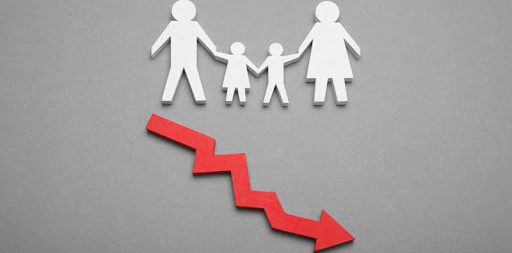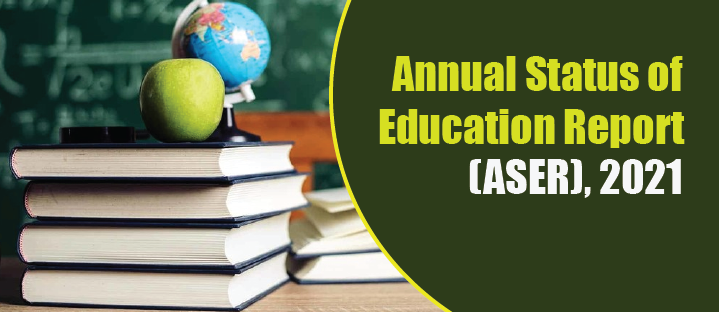- The findings released recently from the fifth National Family Health Survey leave no doubt whatsoever that India’s total fertility rate (TFR), the average number of children born per woman, has finally dipped below the replacement level of 2.1. This bit of information is not only positive and welcome but also augurs well for utilizing the emerging trends for better planning and execution in the coming days. Most notably, another interesting find is that women could be outnumbering men (1020:1000). But given Census 2011 findings of 940 females per 1000 males, only fresh Census data may yield a conclusive answer.
 PC: Danielle Andrus
PC: Danielle Andrus
- Nonetheless, the sex ratio at birth, a key statistic to usher in gender parity, is still skewed towards boys. As the findings clearly reveal, political leaders who keep flagging the population explosion bogey can no longer harp on to the subject with zeal but are well-advised to start focusing on the much-needed job creation, because the working-age population will rise for a while longer before starting sliding again. Though, it is a matter of concern as only three states viz. Bihar, Uttar Pradesh, and Jharkhand have TFRs over 2.1 presently. Hearteningly, great strides made in educating girl children may explain the national shift to some extent.
- Hopefully, some positive on this front is on the horizon. Annual Status of Education Report (ASER) surveys suggest that between 2006 and 2018, girls out of school between ages 11-14 fell to 4.1% from 10.3%. Note that girls aged between 15-16 not enrolled in school dipped to 13.5% from over 20%. Also, women aged 15-19 pregnant or already mothers declined in this period from 16% to 6.8%. Make note that several indicators point to women gaining autonomy too. Nearly 80% have bank accounts from 54% in NFHS-4 (2015-16), 54% have mobile phones against 46% earlier, and 77% used hygienic methods during menstruation against 57% earlier.

PC: Shivam
- However, women’s economic situation continues to remain undercooked. Note that women who reported working in the past 12 months only marginally rose to 25.4% from 24.6% earlier. Other worries include insurance coverage reaching merely 41% of households. Rising figures of anemic women and children since 2015-16 at 67% of children under 5 and nearly 60% of women under 60 (against the global average of 33% anaemic women in reproductive age) point to intensifying malnutrition that India’s food security and nutrition supplementation schemes are not addressing adequately.
- On a positive note, progress like 88% institutional births against 78% earlier signifies that secondary healthcare systems viz. community and district hospitals are accessible to more people. Make no mistake, a functional public health system obviates out-of-pocket spending on medical needs, which is a major cause of people slipping into poverty. Lifestyle diseases like rising obesity are also vying for greater attention. Contrastingly, steadily falling TFR also implies an aging population and the accompanying morbidity burden. Ultimately, the NHFS survey promises, even more, better tidings in the future if the momentum is sustained in the desired manner.






